How Dehumidifiers Protect You Against Spring Allergens
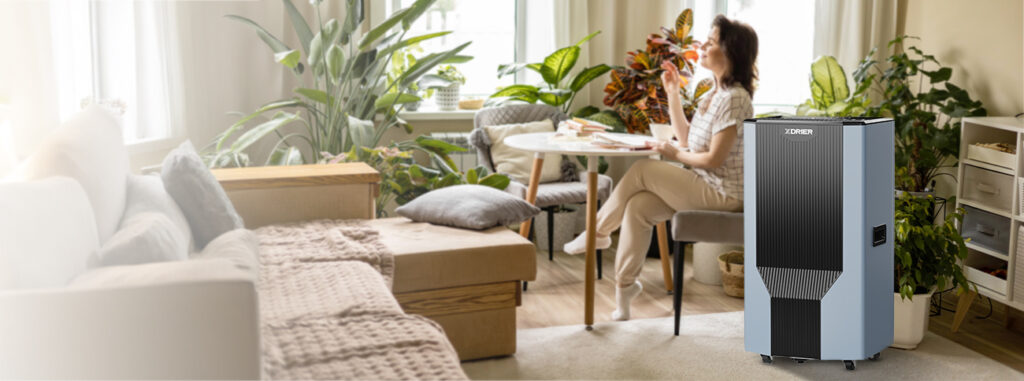
Spring unearths the idea of rebirth and the return of color in nature. It even inspires creativity and revives people’s enthusiasm for the outdoors.
But for those diagnosed with environmental allergies, spring likely means enduring the abundance of dust and pollen and taking measures to avoid allergic reactions.
Antihistamines and face masks can shield you from spring allergens, but there’s an often-overlooked option that can offer long-term protection: dehumidifiers.
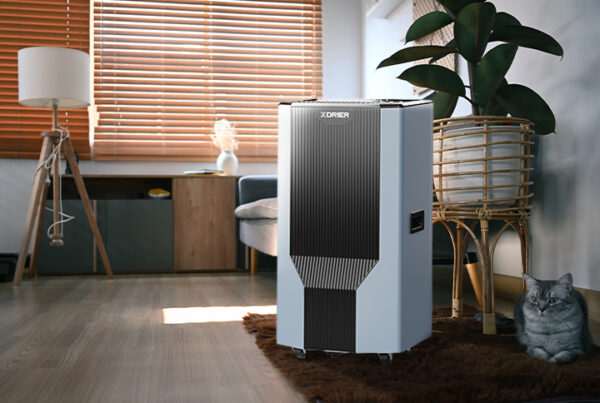
How do dehumidifiers work?
To fully understand how dehumidifiers protect us from spring allergens, you need to know how it works first.
A dehumidifier draws in humid air, allowing it to pass through built-in cooling coils. As the warm air passes through these coils, condensation occurs. Water vapor latches onto the coils and drips into a collection chamber.
After it extracts excess moisture from the air, the dehumidifier releases the drier and fresher air. As for the water collected through condensation, the chamber will eventually fill up after several hours. Depending on the model of the dehumidifier, the water chamber can be emptied via a pump, gravity, or by manually removing the container and pouring out its contents.
Now that we’ve covered those nitty-gritty details, let’s discuss how dehumidifiers protect people from allergens that abound every spring.
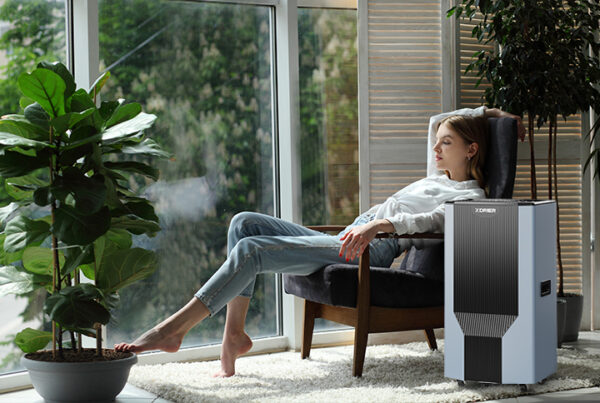
Dehumidifiers regulate indoor humidity.
Rapid and drastic changes in temperature and humidity can trigger nonallergic rhinitis.
Though not as popular as allergic rhinitis, many people in the US with chronic rhinitis manifest nonallergic symptoms. Early estimates suggest that 45 million people may be afflicted with nonallergic or mixed rhinitis.
People who suffer from nonallergic and mixed rhinitis will benefit the most from having a dehumidifier at home. It is the best equipment for maintaining a comfortable level of indoor humidity, which is necessary for preventing flare-ups of nonallergic rhinitis.
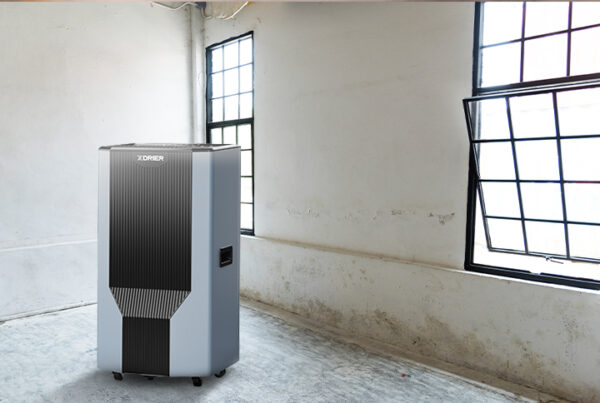
Dehumidifiers create an inhospitable environment for mold.
Spring is the peak season for mold spores. Unfortunately, they are allergens that can trigger sneezing, itching, and headaches. Some even experience severe migraines and shortness of breath.
One thing we must understand about mold spores is that they are naturally occurring. They are everywhere and have a role in the natural world. They only become a problem when they end up in a humid spot indoors with lots of moisture and organic materials (like wood and paper) to feed on.
So, to prevent mold from taking root in your home, you need to maintain a dry environment indoors. Dehumidifiers are the best instruments for this.
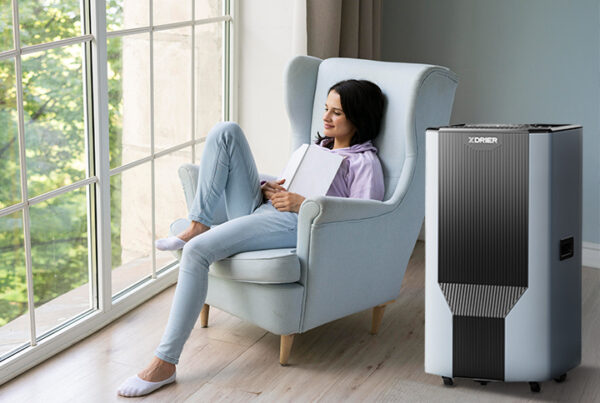
Dehumidifiers help filter indoor air.
Dehumidifiers have built-in air filters that physically purify the air passing through. Airborne allergens like pollen, dust mites, and pet dander usually get caught in the fibers of these filter sheets, allowing cleaner air to pass through and circulate inside your home.
Air filtration may not be the primary purpose of a dehumidifier, but it can help minimize the allergens that enter your home in spring. Pollen is particularly abundant this season as anemophilous plants like grass, wheat, dandelions, oak trees, hickory, pine trees, and certain species of flowers bloom at this time of year.
If you like to open the windows in your home and let in the fresh spring breeze, a dehumidifier can help reduce the amount of pollen and other airborne pollutants entering your home. What this potentially means for people with terrible environmental allergies is they’re less likely to experience debilitating reactions. If they had to use their inhalers several times a day in spring, they might be able to cut that frequency down to half or less.
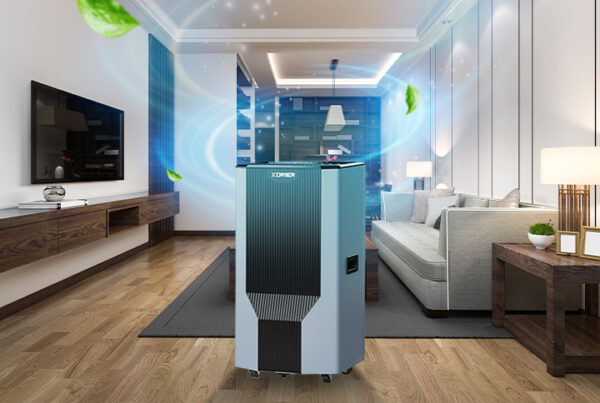
Dehumidifiers help improve air circulation.
Air circulation helps keep allergies at bay because it helps regulate humidity. And with adequate filtration, proper circulation prevents the accumulation of allergens indoors.
Strategic designs and placements of windows and doors can facilitate natural ventilation. However, houses sandwiched between two imposing structures and apartments with tiny windows may need equipment to promote sufficient airflow.
What can you use to improve air circulation? You can purchase residential air movers or room-to-room transfer fans. Both can move air from point A to point B. But if you’re looking for a more cost-efficient solution, consider dehumidifiers.
Dehumidifiers promote air movement as they draw in humid air and release dry air. This is yet another layer of functionality in dehumidifiers that makes them highly effective for mold prevention—and, as this application demonstrates, reducing indoor allergens and pollution.
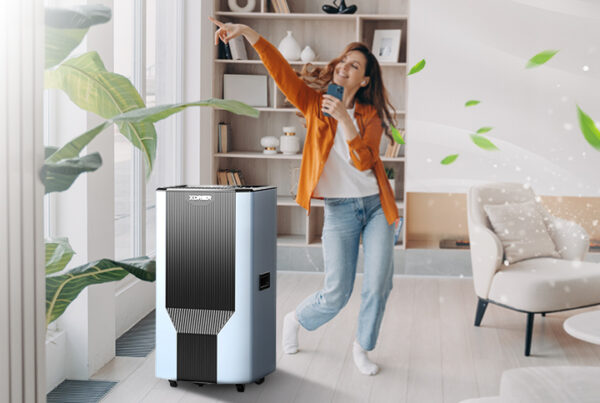
Combat allergens this spring with XDRIER.
You don’t have to look far for a dehumidifier suitable for your home. XDRIER offers two high-performance unit options: one for rooms smaller than 2,000 square feet and another for bigger spaces.
For more information, click here to learn more and shop for our residential dehumidifiers.

